PROMIS_ring [he/him]
- 373 Posts
- 524 Comments
- PROMIS_ring [he/him]to
 ·2 years ago
·2 years agoTikTok teens "relational data" harvested by natsec demon squatting on prankster prince's island stolen by Mormon scammers, transformed into plantation by settlers, then hollowed by neoliberalism
- PROMIS_ring [he/him]to
 ·2 years ago
·2 years agoEllison is also known for his 98% ownership stake in Lanai, the sixth-largest island in the Hawaiian Archipelago.[4]
https://en.wikipedia.org/wiki/Lanai
As of 2012, the island was 98% owned by Larry Ellison, co-founder and chairman of Oracle Corporation;[7] the remaining 2% is owned by the state of Hawaii or is privately owned homes.[8][9]
The Hawaiian-language name Lānaʻi is of uncertain origin, but the island has historically been called Lānaʻi o Kauluāʻau, which can be rendered in English as "day of the conquest of Kauluāʻau." This epithet refers to a legend about a Mauian prince who was banished to Lanai because of his wild pranks at his father's court in Lāhainā. The island was said to be haunted by Akua-ino, ghosts and goblins that Kauluāʻau chased away, bringing peace and order to the island and regaining his father's favor as a consequence.
The history of sugar-growing in Hawaii begins in Lanai, when in 1802 a farmer from China, Wong Tse Chun, produced a small amount there. He used a crude stone mill that he had brought with him to crush the cane.[citation needed]
In 1854 a group of members of the Church of Jesus Christ of Latter-day Saints were granted a lease in the ahupuaʻa of Pālāwai. In 1862 Walter M. Gibson arrived on Lānaʻi to reorganize the settlement. A year later he bought the ahupuaʻa of Pālāwai for $3000; he used money of the church but titled the land in his own name. When the members of the Church of Jesus Christ of Latter-day Saints found this out they excommunicated him, but he was still able to retain ownership of the land.[citation needed][17] By the 1870s, Walter M. Gibson, then the leader of the colony on the island, had acquired most of the island’s land, which he used for ranching.[7]
By 1890, the population of Lānaʻi had been reduced to 200. In 1899, Gibson's daughter and son-in-law formed Maunalei Sugar Company, headquartered in Keomuku, on the windward (northeast) coast, downstream from Maunalei Valley. The company failed in 1901.[18] However, between 1899 and 1901 nearly 800 laborers, mostly from Japan, had been contracted to work for the plantations. Many Native Hawaiians continued to live along the less arid windward coast, supporting themselves by ranching and fishing.[19]
In 1909, Charles Gay sold the island to William G. Irwin for one dollar. Irwin's title was upheld in the U.S. Supreme Court.[20]
In 1921, Charles Gay planted the first pineapple plant on Lanai. The population had decreased again - to 150 - most of whom were the descendants of the traditional families of the island.[21] A year later, James Dole, the president of Hawaiian Pineapple Company (later renamed Dole Food Company), bought the island and developed a large portion of it into the world's largest pineapple plantation.
High labor- and land costs led to a decline in Hawaii pineapple production in the 1980s, and Dole phased out its pineapple operations on Lanai in 1992.[22]
In June 2012, Larry Ellison, then CEO of Oracle Corporation, purchased Castle & Cooke's 98 percent share of the island for $300 million. The state and individual homeowners own the remaining 2 percent, which includes the harbor and the private homes where the 3,000 inhabitants live.[23] Ellison, who believes renewable energy must be cost-competitive with fossil fuels in order to be viable,[24] stated his intention to invest as much as $500 million to improve the island's infrastructure and create an environmentally friendly agricultural industry.[25][26] As of 2016, Ellison had spent an estimated $450 million to remodel his Four Seasons Resort Lanai at Manele Bay, which reopened in April 2016 after a seven-month shutdown. In Lanai City, he built a new water-filtration system and a resort-style, Olympic-size public pool. He also refurbished the historic movie theater (built in the 1920s but mostly shut since the 1970s), turning it into a state-of-the art movie house. His second Four Seasons Resort, at Kōʻele in the mountains, was renovated and reopened as Sensei Lanaʻi in 2020.[27] Ellison also started a solar-powered hydroponic farming venture, “Sensei,” which has two 20,000-square-foot computer-monitored greenhouses, and he plans to build four more.[28][9]
Until 2020, Ellison was in negotiations to purchase the diesel-powered utility assets of the island in order to build a sustainable power system consisting of solar power and batteries.[29][9] However, it was reported in May 2020 that, while plans to transition from using fossil fuels to renewable resources continue, the talks by Ellison's company to acquire the utility had ended.[30]
cursed
- PROMIS_ring [he/him]to
 ·2 years ago
·2 years agoHope you get a better answer, but maybe its something to do with this stuff?
https://arstechnica.com/tech-policy/2022/09/tiktok-can-keep-operating-in-us-under-deal-being-worked-out-with-biden/
Because the negotiation is confidential, all sources requested anonymity, and not much is yet known about the terms. However, there are three main areas of change in the current draft. The first focuses on preventing China-based employees from accessing American data by storing all TikTok data solely on US servers. The second is designed to block Chinese propaganda or disinformation campaigns by granting US-based Oracle power to monitor what’s recommended by algorithms. The last provides some oversight by forming a TikTok board of security experts that oversees TikTok’s US operations and reports directly to the US government. (Oracle declined to comment to NYT and did not immediately respond to Ars.)
https://www.oracle.com/ca-en/corporate/executives/
https://www.oracle.com/ca-en/industries/government/national-security/
https://wikispooks.com/wiki/Oracle
https://www.sfgate.com/bayarea/article/Oracle-s-coziness-with-government-goes-back-to-2820370.php
Long before Oracle became embroiled in a controversy over selling its software in Sacramento, the Redwood City software giant was building its reputation and its business on government contracts.
From a Central Intelligence Agency deal that launched the firm 25 years ago, to recent software contracts in Sacramento and Los Angeles, Oracle is no stranger to the halls of political power.
The CIA was not just Oracle's first customer. Founded in May 1977, the firm's name came from a CIA project code-named "Oracle." Company co-founders Larry Ellison, Robert Miner and Ed Oates worked on Project Oracle at a consulting firm, before striking out on their own.
A quarter century later, close to a quarter of the company's revenue -- $2. 5 billion a year -- still comes from selling software to federal, state and local agencies.
"Oracle wouldn't exist if it weren't for government contracts," said Mike Wilson, author of the book "The Difference Between God and Larry Ellison."
https://en.wikipedia.org/wiki/Larry_Ellison
During the 1970s, after a brief stint at Amdahl Corporation, Ellison began working for Ampex Corporation. His projects included a database for the CIA, which he named "Oracle". Ellison was inspired by a paper written by Edgar F. Codd on relational database systems called "A Relational Model of Data for Large Shared Data Banks"
https://en.wikipedia.org/wiki/Leon_Panetta
In January 2009, newly elected President Barack Obama nominated Panetta for the post of Director of the Central Intelligence Agency.
https://www.lawfareblog.com/project-texas-details-tiktoks-plan-remain-operational-united-states
The cornerstone feature of Project Texas is a new subsidiary: TikTok U.S. Data Security Inc. (USDS)
USDS will be led by Andy Bonillo and Will Farrell.
https://iapp.org/about/person/0011P00001BBcdxQAD/
Prior to his private sector career, Andy served as a Special Agent with the United States Secret Service
i posted a pizza with chickpeas here once :chickpea:
- PROMIS_ring [he/him]to
 ·2 years ago
·2 years agowe need this one https://jewishjournal.com/wp-content/uploads/2022/02/zel220227-1286x858.jpg
- PROMIS_ring [he/him]to
 ·2 years ago
·2 years agoHe looks like Manson, got the mk ultra eyes https://upload.wikimedia.org/wikipedia/commons/5/59/Manson1968.jpg?20190127170256
my current shitting stack:
- phone, for posting
- toilet paper, for my doo doo ass
- door slightly ajar, so my cat can come and go
- matches, for after if it's real stanky
- PROMIS_ring [he/him]to
 ·2 years ago
·2 years ago:agony-acid:
https://twitter.com/atrupar/status/1630621020393553943
https://www.washingtonpost.com/politics/2023/02/28/gaetz-hearing-global-times-china/
this article is wild around the halfway point it goes 1. The article was not Chinese propaganda but derivative of other research 2. Yes, Western sources corroborate our involvement with Azov 3. Yes, we vote against the anti-nazi glorification resolution 3. Because its a freedom of speech issue in Ukraine, actually 4. Therefore pay no mind
The global times piece https://www.globaltimes.cn/page/202203/1254217.shtml
- PROMIS_ring [he/him]to
 ·2 years ago
·2 years agoAmy Sherman palladino should have had Luke murder everyone in stars hollow at the end of Gilmore girls
- PROMIS_ring [he/him]to
 ·2 years ago
·2 years ago:shrug-outta-hecks: certainly possible
- PROMIS_ring [he/him]to
 ·2 years ago
·2 years agoDang ol' communist spy man, dang ol' defection talkin bout mission accomplished man
- PROMIS_ring [he/him]to
 ·2 years ago
·2 years agoThese don't really work like your cute acab but
Diamat, rev, DoTP, prole, boug, pmc
- PROMIS_ring [he/him]to
 ·2 years ago
·2 years agoits got luciferase in it sweaty :meemaw:
- PROMIS_ring [he/him]to
 ·2 years ago
·2 years agoengagement bait for sure
- PROMIS_ring [he/him]to
 ·2 years ago
·2 years agothey think the first option is preferable for everyone because the tip is "voluntary"


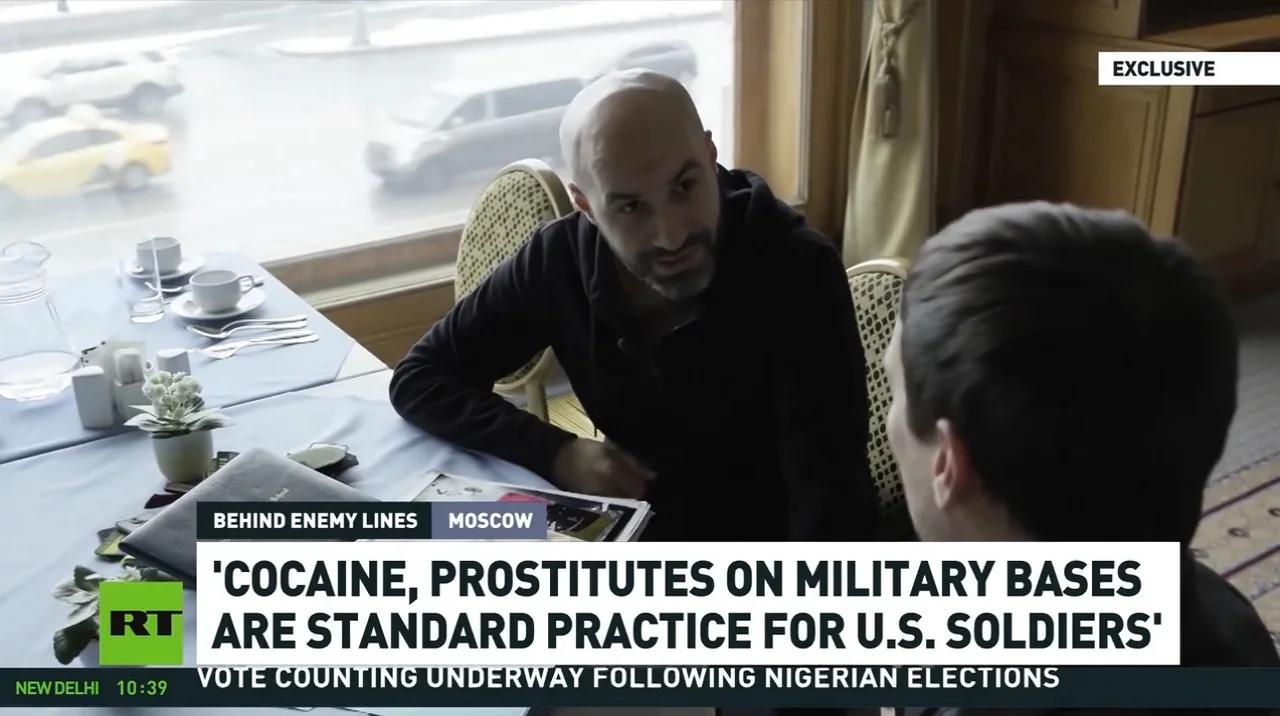



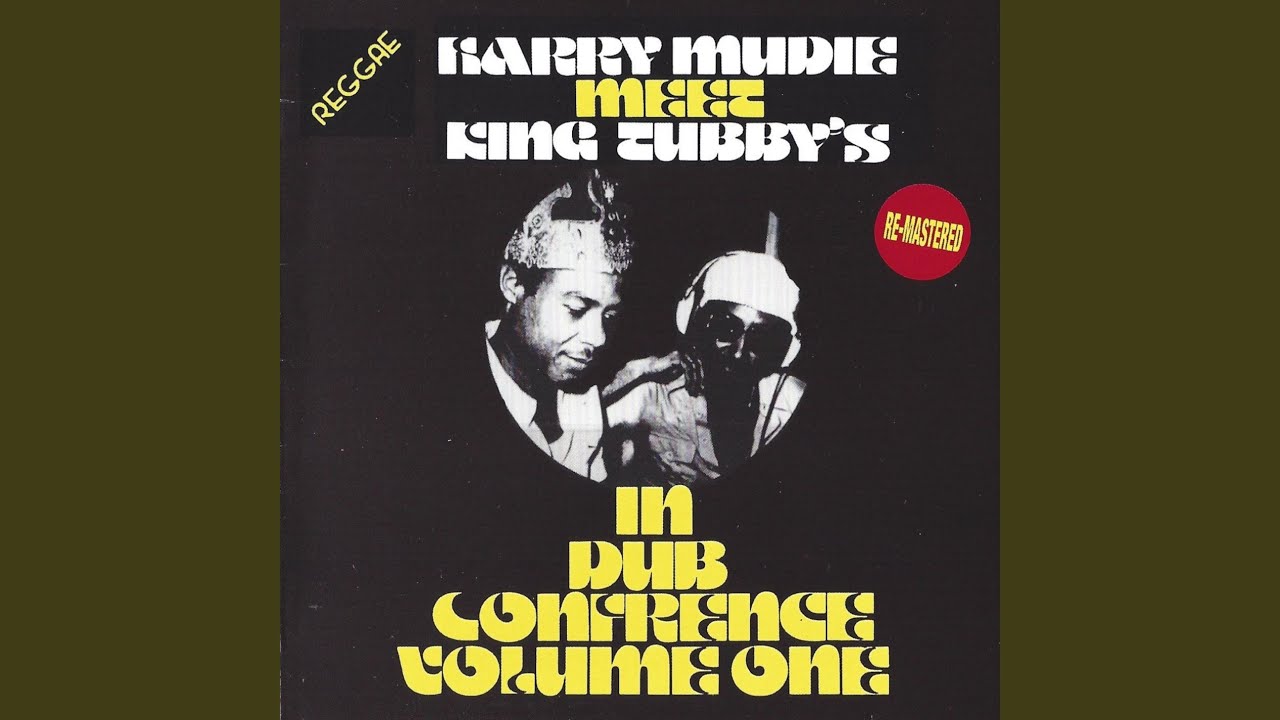
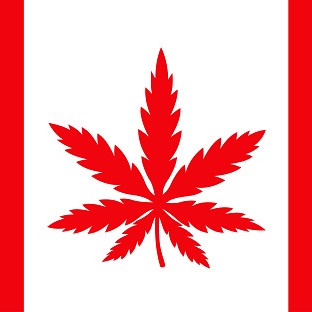
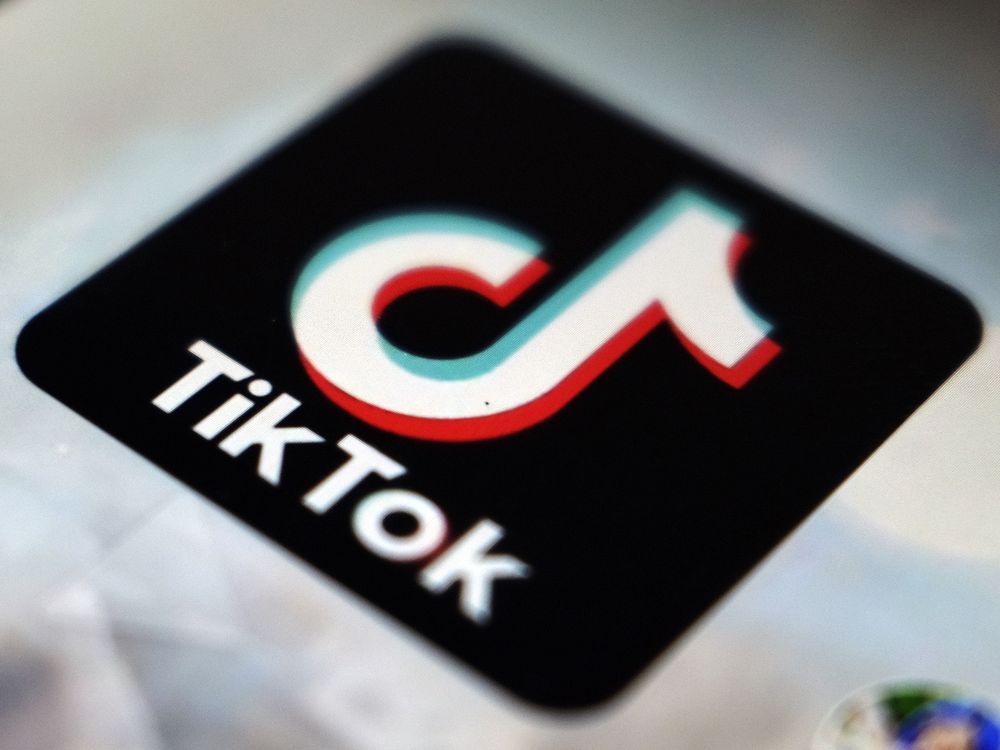
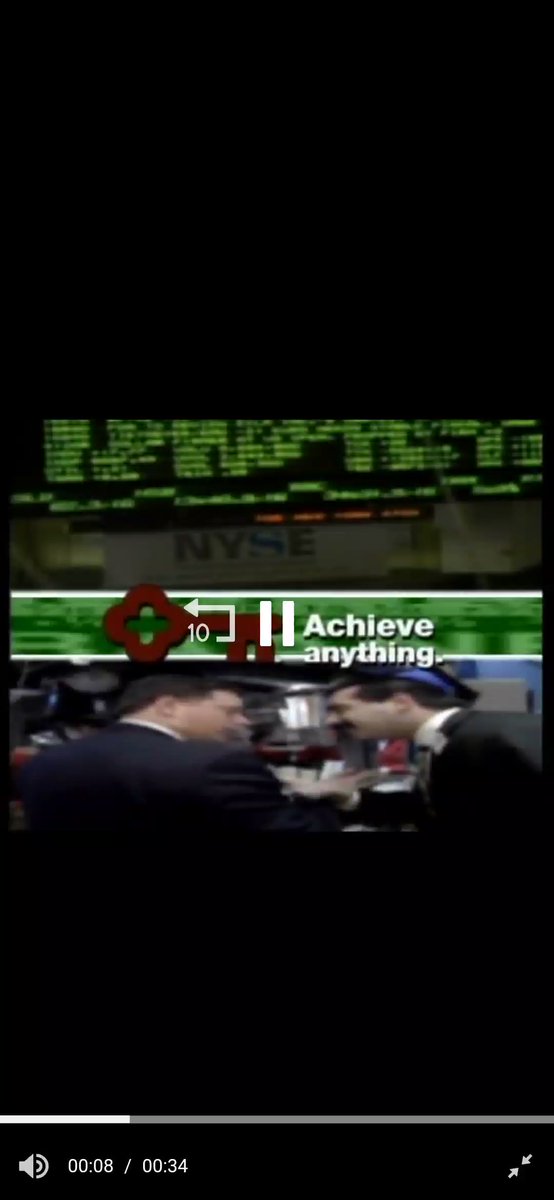



on top of what you said, maybe he was still kind of in the zeitgeist from Errol Morris' Fog of War doc?